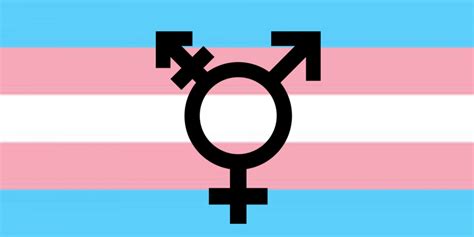

I think gender affirming care for minors has more support than trans participation in sports, for example.
EDIT:
In 2023 69% of Americans believed trans people should only be able to play on the team of the gender they were assigned at birth, according to this Gallup poll.
In 2024 62% of Americans oppose banning gender affirming care for minors in this Gallup poll.
EDIT2:
It’s also a little weird to call gender affirming care for minors a controversial part of a “trans rights movement” when it’s primarily supported by the mainstream medical organizations. Of course the trans rights movement wishes to oppose anti-trans legislation to ban such care, but gender affirming care for minors is not a fringe, controversial practice being pushed primarily by trans rights activists.
Here is a list of the links to statements by the medical organizations supporting gender affirming care, which includes the American Academy of Pediatrics, the Pediatric Endocrine Society, the American Psychological Association, etc.
The evidence is overwhelmingly in favor of providing gender affirming care, and the only “controversy” comes from objections pushed by anti-trans activists who lie, make bad faith arguments, and appeal to pseudo-science and debunked theories to advance their cause.








https://www.snopes.com/fact-check/elon-musk-photo-chest-stomach/